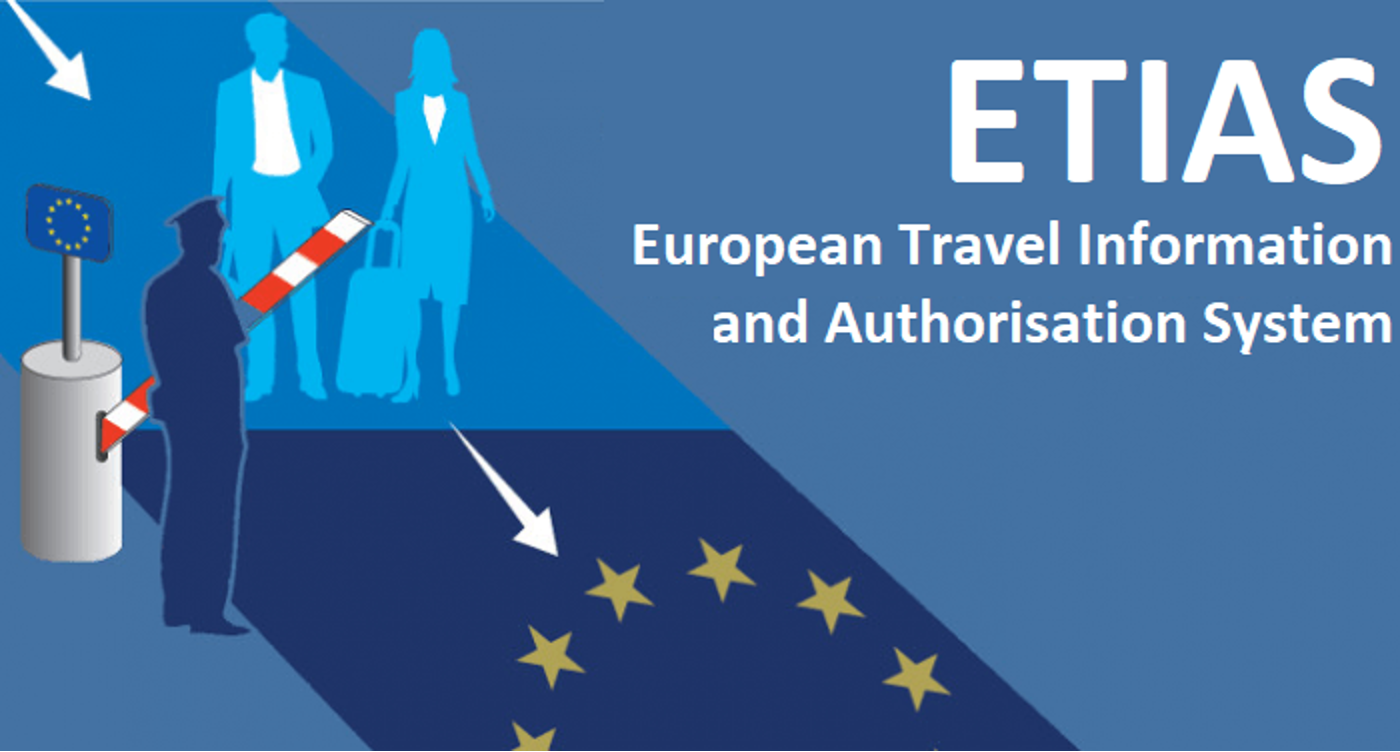Starting in November next year, the answer is “sort of.”

In November, 2023, the European Union will launch the European Travel Information and Authorization System (ETIAS). Travelers (including transit passengers) between the ages of 18 and 70 from 61 countries outside of the Schengen Zone—including the U.S.—will have to fill out a form, pay a fee, and be fingerprinted before being allowed to visit the region for up to 90 days within a 180-day period. (Longer stays or visits for non-vacation purposes such as work or school will still require a visa per the current system.)
Similar to the Electronic System for Travel Authorization (ESTA) system already in use in the U.S., ETIAS will crosscheck a would-be visitor’s information with government databases and watchlists before issuing an authorization to enter. The information collected will also be used in data tracking for business and tourism purposes.
ETIAS will cover all countries that are parties to the Schengen Zone travel agreement, a region that includes all EU countries (except for Ireland), along with Iceland, Norway, Switzerland, and Liechtenstein (as well as non-countries Monaco, San Marino, and Vatican City). Here is a list of the countries in the Schengen Zone that will require ETIAS:
Austria
Belgium
Czech Republic
Denmark
Estonia
Finland
France
Germany
Greece
Hungary
Iceland
Italy
Latvia
Liechtenstein
Lithuania
Luxembourg
Malta
Netherlands
Norway
Poland
Portugal
Slovakia
Slovenia
Spain
Sweden
Switzerland
An ETIAS authorization will be valid for an unlimited number of entries over three years. Application must be made via the ETIAS website before commencement of travel. Data to be input incude name, date and place of birth, passport details, email address, phone number, destination, and the answers to questions on health, education, criminal convictions, and other questions. The €7 fee can be paid by credit or debit card. Per the ETIAS website, the process should take about 10 minutes to complete. Fingerprints and a facial biometric will also need to be provided at the time of travel.
Approval for most applicants should be returned within minutes. If an item is flagged on the application, however, a manual review will be required. An applicant can correct improperly-entered information or appeal a denial decision.
The European Commission has stated the EITAS application process is far less intrusive than that for a full-fledged visa. “There is no need to go to a consulate to make an application, no biometric data is collected and significantly less information is gathered than during a visa application procedure,” according to the European Commission in Brussels.
Twist’s Take: Be prepared for the November, 2023 launch of ETIAS, which will require Americans to obtain an e-visa to travel to countries in the Schengen Zone.
